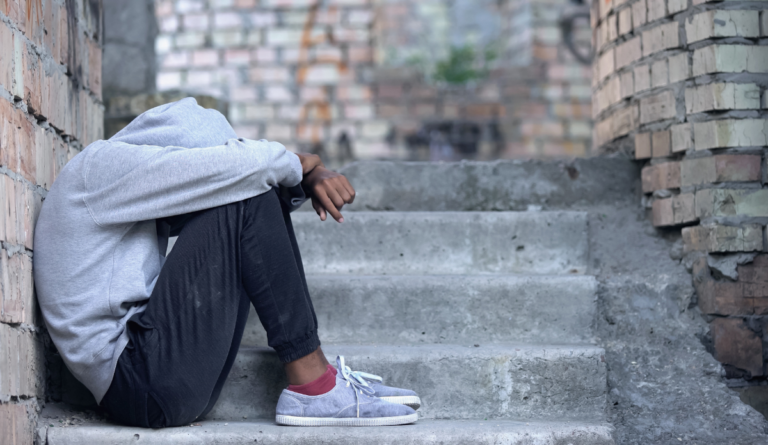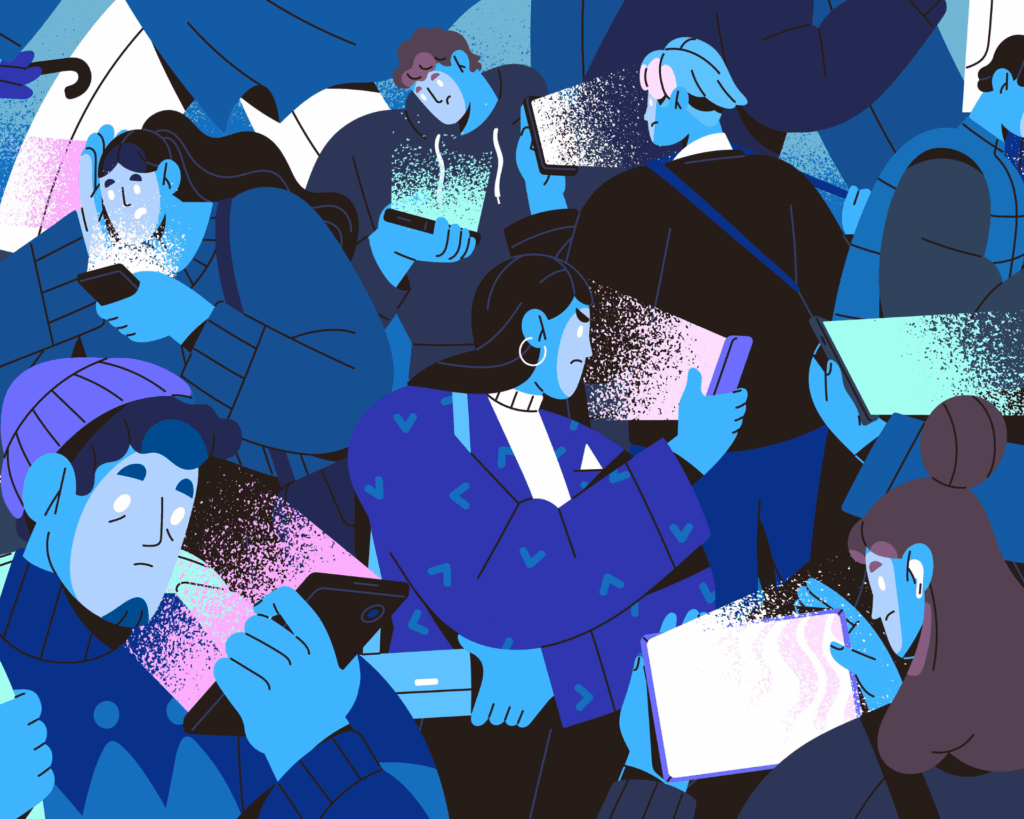Structural Racism Harms Teen Mental Health
As neighborhood disadvantage increases, the adolescents living there show greater mental health concerns, including an increased risk of depressive symptoms and suicidality.

Read Time: 4 minutes
Published:
In the United States, a staggering one in five teenagers suffer from mental health disorders. These disorders can disrupt critical developmental processes, impacting educational performance and social relationships, and increasing the risk of substance abuse and long-term mental and physical health challenges. Nationwide surveys of youth have shown dramatic increases in depression, suicidal ideation, and other mental health disorders over the past two decades. Suicide is now the second leading cause of death among individuals age 10 to 24 years.
Not all youth are affected equally. Suicide deaths among Black adolescents are rising at an alarming rate, outpacing other racial and ethnic groups. Between 2007 and 2020, suicide rates among Black youth age 10 to 17 years soared by 144%. This disturbing trend is most acute in younger children, making Black youth under 13 years twice as likely to die by suicide as their White counterparts.
These statistics led my colleagues at the Kaiser Permanente Division of Research, UC Berkeley, and me to conduct one of the first studies looking at inequitable neighborhood conditions as a determinant of adolescent mental health. Residential segregation, a direct outcome of racist policies, has disproportionately confined Black youth to under-resourced neighborhoods. These areas often lack adequate access to mental health services, quality education, and recreational facilities, while exposing residents to higher levels of environmental toxins and violence. The chronic stress induced by these conditions can significantly harm young people’s mental health.
Solutions need to confront and dismantle the underlying causes of structural racism.
We analyzed data from Kaiser Permanente Northern California, an integrated health care system representing a racially and socioeconomically diverse population. Our cohort included over 34,000 adolescents age 12 to 16 years who completed mental health screenings during routine medical visits between 2017 and 2021.
We used the Index of Concentration at the Extremes (ICE) to evaluate adolescents’ neighborhood environments. ICE, which is derived from data in the American Community Survey, measures residential segregation by both race and socioeconomic status. It does so by calculating the extent to which neighborhood residents are concentrated in the extremes of racial and socioeconomic privilege (e.g., White race and high income) and disadvantage (e.g., Black race and low income). ICE serves as a powerful indicator of the distribution of resources and opportunities across neighborhoods, providing insights into the structural conditions that could influence mental health.
Our results underline the profound, often overlooked impact of structural racism on adolescent well-being. We found that adolescents from the least privileged neighborhoods had a 51% greater risk of reporting depressive symptoms and a 79% greater risk of reporting suicidality during a medical visit, compared with adolescents living in the most privileged neighborhoods. As levels of neighborhood disadvantage increased, the adolescents living there had progressively higher risks of depressive symptoms and suicidality. This trend persisted even after we accounted for individual factors like adolescents’ socioeconomic status and racial/ethnic background, indicating that the increased mental health risks are strongly linked to neighborhood conditions, rather than just personal circumstances.
Our study does not capture the experiences of uninsured or underinsured youths, or those who may not have regular access to health care services. Our focus on adolescents who attended routine medical visits likely underestimates the true extent of mental health challenges. Fortunately, the United States is making unprecedented investments toward ensuring that every child has access to high-quality, affordable mental health care. However, our research, along with many other studies, highlights the need for interventions that extend beyond the realm of clinical care.
Solutions need to confront and dismantle the underlying causes of structural racism. For this to happen, the socioeconomic and political realities that sustain these disparities must be dramatically transformed. This can only happen if policymakers, government agencies, and community leaders prioritize economic development and physical infrastructure improvements in neglected neighborhoods.
Additionally, our approaches to mental health research and intervention must evolve to prioritize the lived experiences and perspectives of impacted communities, especially Black children, as the guiding force in decision-making processes. Youth Participatory Action Research (YPAR) is a promising model that emphasizes collaborative strategies and youth empowerment. By recognizing young people as key agents of social change, we can not only create environments that nurture well-being but also foster a more just and supportive society for the next generation.
Photo via Getty Images



